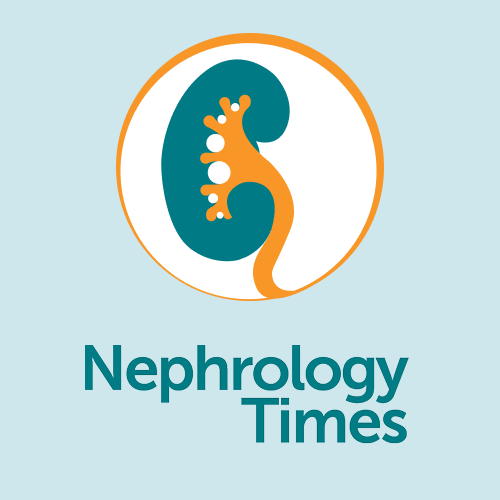
ASN Kidney Week 2023
The prevalence of hyperkalemia among individuals with chronic kidney disease (CKD) is 14% to 20%.
Results of a study evaluating the prevalence of common comorbid conditions in patients with ADPKD.
Clinical development models for polycystic kidney disease remain challenging.
Early diagnosis of CKD and active management can slow progression and improve outcomes.
Using antihypertensive medication in patients with persistent treatment-resistant hypertension concurrent with CKD.
Patients receiving maintenance hemodialysis who develop anemia are commonly treated with erythropoiesis-stimulating agents.
Patients with end-stage kidney disease with anemia are commonly treated with recombinant human erythropoietin.
Examining whether administration of patiromer would reduce the number of significant arrhythmia events.
Training an artificial intelligence algorithm that can detect hyperkalemia from the surface electrocardiogram.
The pooled proportion of all serious adverse effects related to remdesivir was 2.9%.
Results of an analysis to characterize the sequelae of COVID-19 infection among kidney transplant recipients.
Albuminuria is a strong determinant of kidney and cardiovascular risk in those with and without type 2 diabetes.
Patients with type 2 diabetes without other comorbidity are often treated with metformin as antiglycemic therapy.
There are associations between anemia in ESKD and increased risk of morbidity and mortality.
Interpatient variation in mean hemoglobin levels were smaller in the intervention arm than in the standard of care arm.
There is an independent association between hyperkalemia and poor outcomes among individuals with chronic kidney disease.
Guideline recommendations call for maintenance of RAASi therapy using novel antihyperkalemia treatment.
Long-term among patients identifying as Black who were treated with voclosporin during the phase 3 AURORA studies.
Tolvaptan showed real-world effectiveness in slowing decline in eGFR when compared with matched historical controls.
Patients with end-stage kidney disease (ESKD) receiving dialysis commonly develop hyperphosphatemia.
Examining the role of neighborhood deprivation in assess to living donor kidney transplantation.
Solid organ transplant recipients represent a population that is immunocompromised and at high risk of infection.
Higher patient-to-nurse ratios at dialysis facilities are associated with worse patient outcomes in older adults.
More patients in the terlipressin group had a >30% improvement in serum creatinine from baseline than in the placebo group.
There are few data available on CKD-MBD among patients receiving peritoneal dialysis.
Effective blood pressure control following AKI may have beneficial effects on outcomes.
Examining the potential benefits of pegloticase treatment in patients with CKD with refractory gout.
Examining the effect of SGLT2 inhibitors on biomarkers of tubular injury in patients with acute heart failure.
Previous data on sex disparities in the United States indicate a lower rate of living kidney donor transplantation in women.
Previous studies have documented associations between chronic kidney disease (CDK), obesity, and metabolic syndrome.
Of 3.7 million patients, 2% (n=76,000) had incident post-COVID-19 CKD.
Blood pressure decreased during pegloticase therapy in chronic kidney disease (CKD) and non-CKD patients.
Advertisement
Advertisement

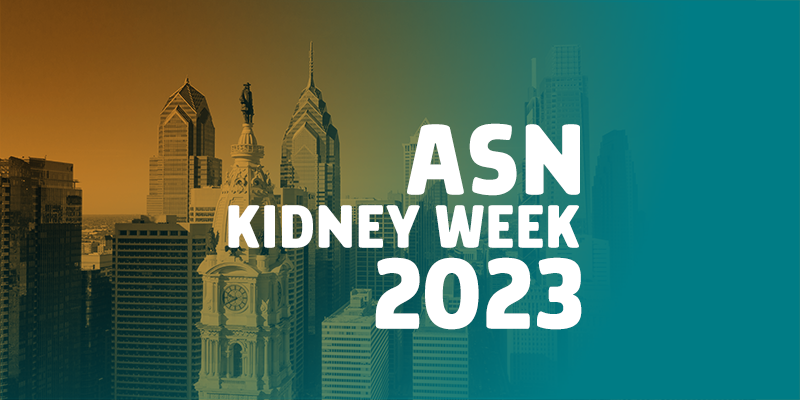

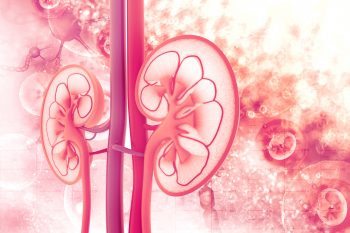



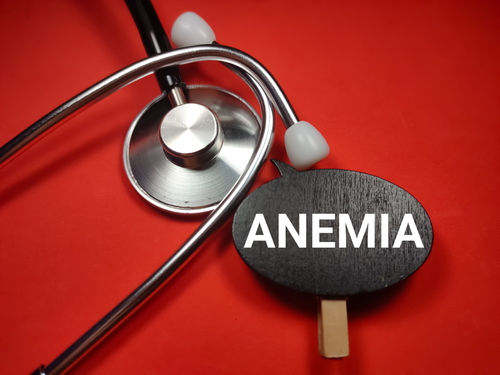
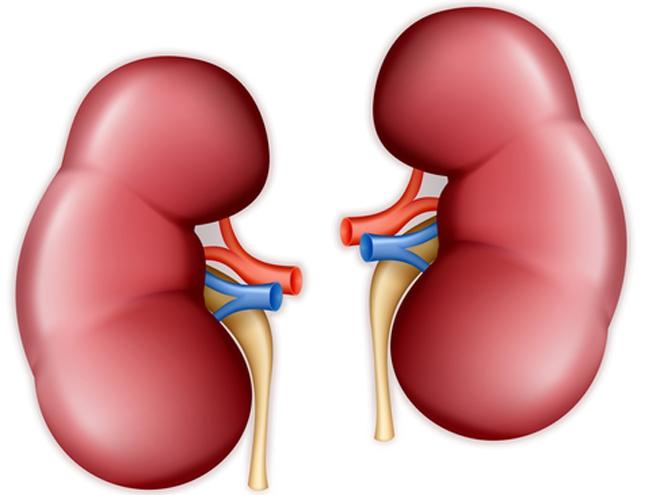


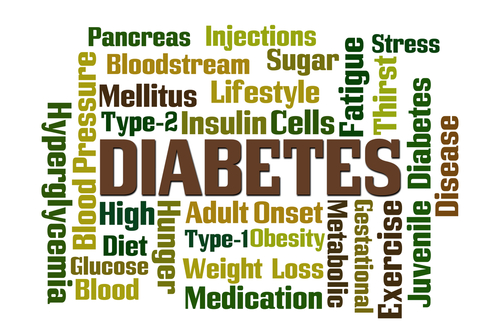


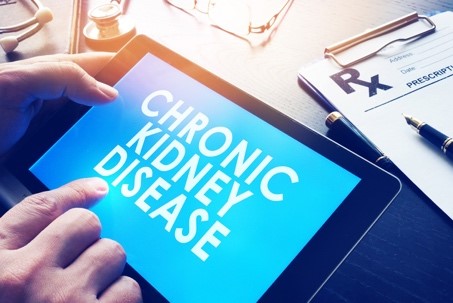



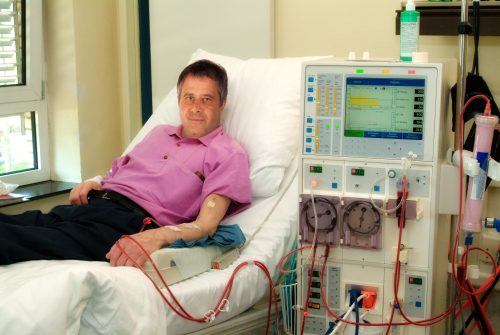
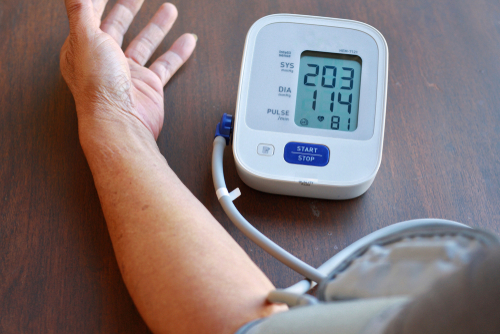






 © 2025 Mashup Media, LLC, a Formedics Property. All Rights Reserved.
© 2025 Mashup Media, LLC, a Formedics Property. All Rights Reserved.